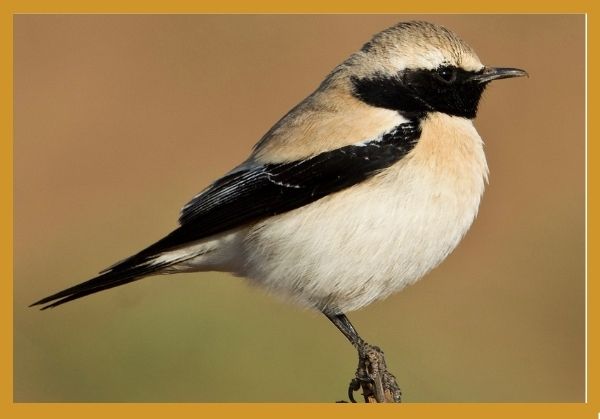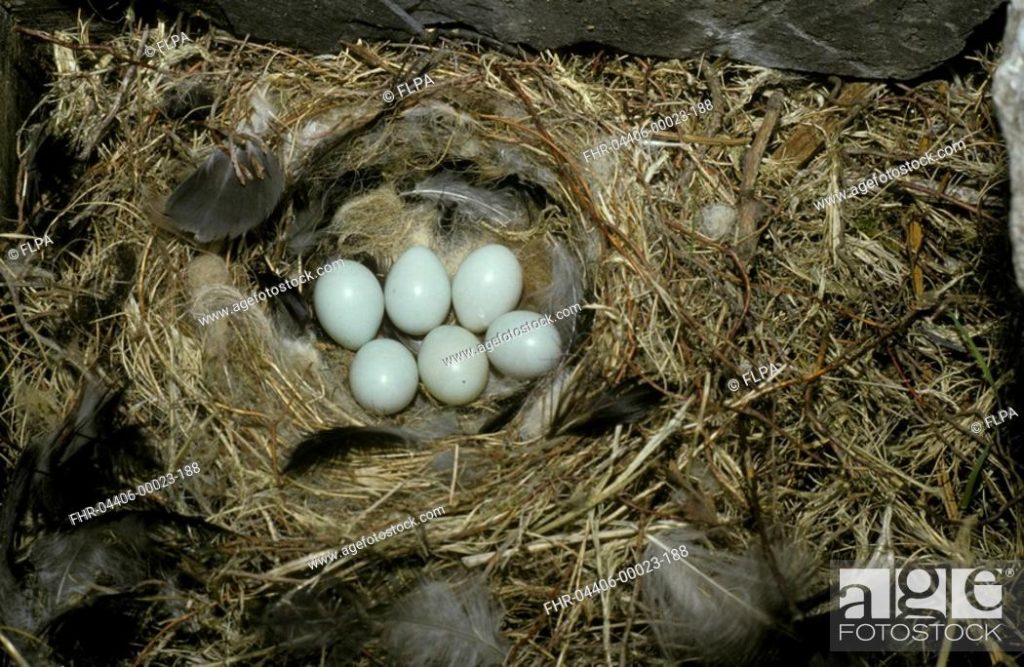When it comes to the Desert Wheatear that means talking about suffering and Survival methods in deserts and harsh life in dry areas. I will explore with you the life of this bird that masters the art of survival in the desert.
I will take you on an imaginary trip to know all information about this bird and all aspects of its life, how it survives in the harsh desert, the hunting strategies that it uses, its look, and size, from what it brings water and food, and threats and risks it faces and everything about it.

Description:
Desert wheatear or (Oenanthe deserti) is a small bird that’s found in arid and semi-arid regions with other types of birds such as the Egyptian Nightjar and Desert Sparrow in north Africa and Central Asia, and the middle east. This bird is almost 14cm in length and weighs around 20-25gram.
It has a distinctive appearance in which its back and head are grey and the wings are also grey but there are black parts under it, and there is a black patch around its eyes. The underparts of the bird are white with a black tail and a white patch on its rump. The male and female are similar in all but they are different in size and the male is large a little than the female.
Why is it called Desert Wheatear?
The name “desert wheatear” refers to its appearance, it has a unique appearance as it has a plumage wheat-colored, orange color that makes it aligns with desert and harsh areas views.
And “wheatear” comes from an old English term “white-ære” which means “white-rumped” and refers to the distinctive white patch on the bird’s rump.
And “Oenanthe deserti “ is the scientific name, it is derived from the Greek words “oinos” which means wine, and “anthros” which means flower, Then the process of combining these two words to give us “Oenanthe” this name refers to a kind of plant genus which includes several species that have aromatic roots and were traditionally used to flavor wine. And “deserti” refers to the original place of this bird And that is the desert.
Are wheatears rare?
Desert wheatear is generally rare and each bird lives in desert and semi-deserts mostly being rare because of the harsh environment that they live in. as it hard to find water and food in empty and harsh areas like deserts Despite all attempts, nature is cruel for it and didn’t find the suitable environment to live a healthy life and reproduce in peace.
Why Are Wheatears Rare?
There are many factors that make the wheatears rare from humans and by nature because these small birds live in so hard areas where food and drink are reduced, so hard to find it, and the temperature is so high in summer in these places. And there is another reason for that’s the low reproductive rate, which this kind of bird is known by this, which produces low than other kinds of birds this is what makes their number less. And another reason is migration patterns which this type of wheatears move a lot from one place to another in each season of the year since they are vulnerable to threats such as habitat loss and hunting while they move.
There are other factors but this time from humans because humans do some activities that damage this bird and actually others not only, these activities like Human disturbance, this bird is very sensitive and loves calm and quiet places, as the noise of cars and the noise that a person makes in his activities and daily life may make him leave his nest and search for another quiet place suitable for quiet living, but he may have problems while moving and this may affect his reproduction.
There were some factors that can be a reason why wheaters are rare in the desert since we explain two sides, the side from humans and the other side from nature, for that I will say to you birds are cute creatures and peaceful, they make our life and nature so beautiful and makes it a great impression, we should take care about it and to try not to disturb them and perform them.
What are some distinguishing characteristics and behaviors of Desert Weatear?
This bird is different from the other types of birds and against to Pharaoh Eagle Owl because it spends most of its time on the ground looking for wheat, it’s founded almost on farms feeding on all of our grain, and wheat and worms are available on the farm.
This wheatear is also known for its distinctive vocalizations, these types of birds have a range of calls and songs that they use to communicate with each other. And they use it in the mating season, where the male uses it to attract the attention of the female, and the process takes place. The female uses a more gentle and soft voice to tell the male that he also likes her and that she is able to mate.
In addition to their vocalizations, physical movements, and visual signals, where, for example, they gather with a group of other birds and display their movements, such as blowing their chests, singing, and spreading their wings, in addition to any pursuit of competition between males. As for females, they use head and tail movements to indicate their interest in a male.
What are the specific strategies that Desert Wheatear uses to bring food and water?
As we know guys this bird lives in deserts where the food is so little, so he must have a strategy to survive in these hard areas to live.
the first strategy is to stay all day looking for dry herbs where it founds some wheatear, these herbs, it gets also some water because these herbs contain water inside although they look solid and echinococcus from the exterior.
the second strategy and food source are insects, under these herbs it founds insects were found in the shadows to protect themselves from the high temperature.
and because of the food and water minority in the desert, they take refuge to save food on their nests in the holes, and they try to not move a lot in midday when the temperature is high to not lose a lot of water.
How does desert wheatear build its nests?

Desert Wheatears guys have specific nesting habits and reproductive behaviors suited to their harsh desert environments. They typically construct their nests on the ground, often in protected areas such as crevices, rock formations, or low vegetation. The nests are cup-shaped and constructed using a variety of materials like twigs, grass, and feathers.
The breeding season for Desert Wheatears usually begins in the spring. During this time, the males engage in courtship displays to attract females. These displays often involve singing, flight displays, and various physical movements to showcase their fitness and attractiveness.
Once a male successfully courts a female, they engage in pair bonding, and the female selects a suitable nesting site. The female then lays a clutch of eggs, typically ranging from 3 to 6 eggs, depending on the species and environmental conditions. The eggs are incubated by both the male and female, taking turns to keep the eggs warm until they hatch.

